Big cats have long captivated human imagination with their majestic presence and unparalleled hunting prowess. Sadly, these magnificent creatures are facing severe threats to their survival, foremost among them being habitat loss. Understanding the magnitude of this issue is essential in taking actionable steps towards their conservation.
Understanding Big Cat Habitats
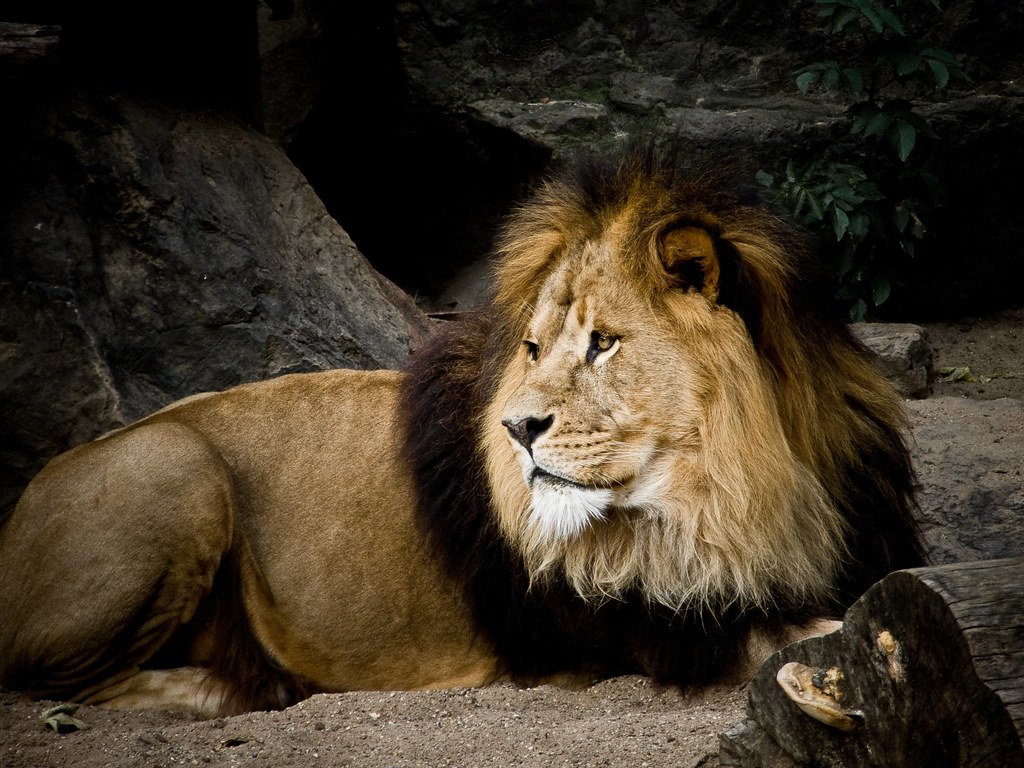
Big cats, including tigers, lions, leopards, cheetahs, and jaguars, inhabit diverse ecosystems such as dense forests, savannahs, grasslands, and even snowy mountains. Each species is uniquely adapted to its natural surroundings, relying on these habitats for food, shelter, and breeding. Habitat loss disrupts these intricate ecosystems, endangering the survival of these apex predators.
Causes of Habitat Loss

Deforestation for agriculture, urban development, and logging dramatically reduces available lands for big cats. As human populations expand, forests and plains are converted into farms and cities, leaving little room for wildlife. This relentless encroachment into natural habitats is a principal driver of big cat population decline.
Impact on Prey Availability
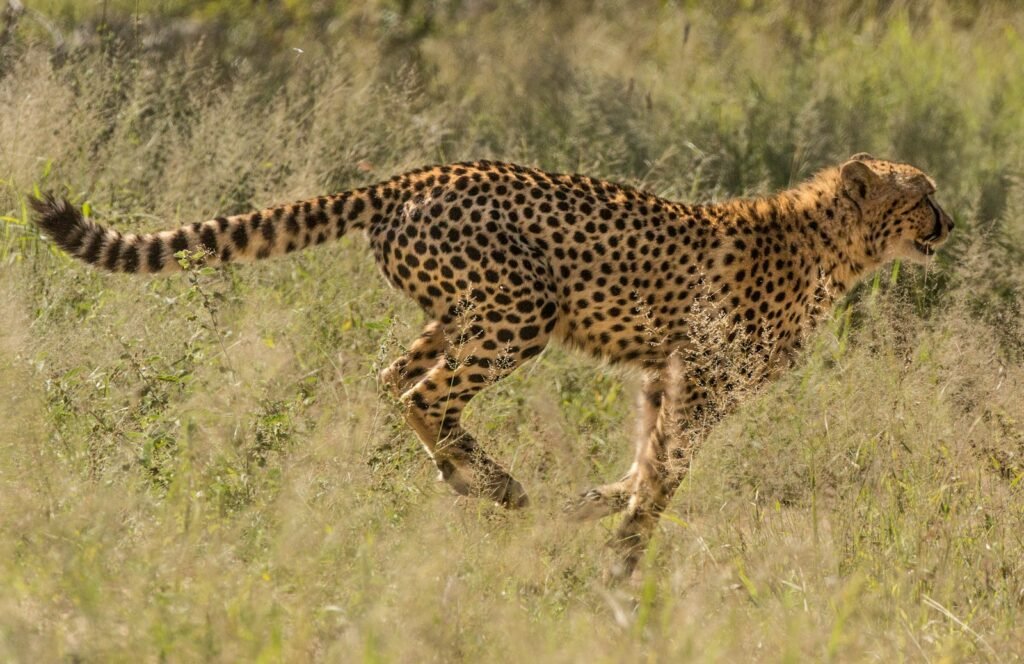
Habitat destruction diminishes the availability of prey species, a crucial factor for big cat survival. With fewer animals to hunt, big cats struggle to find enough food, leading to starvation and lower reproduction rates. The decline of prey also forces big cats to hunt livestock, increasing human-wildlife conflicts.
Fragmentation of Habitats
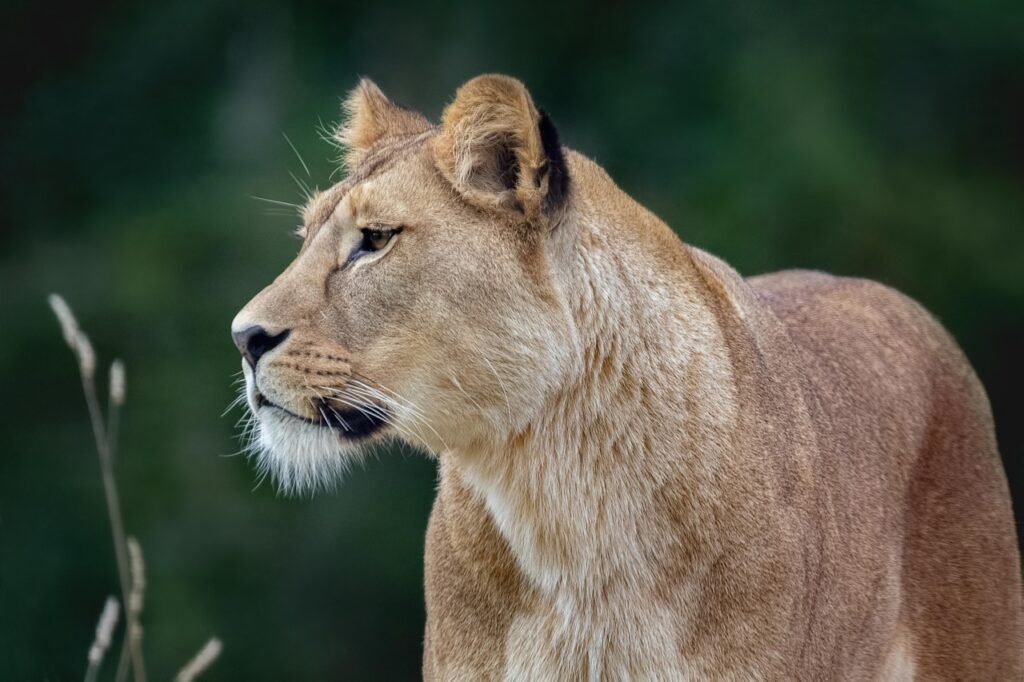
As habitats are divided into smaller, isolated patches, the movement and genetic diversity of big cat populations are severely restricted. Fragmentation leads to inbreeding and genetic bottlenecks, which weaken populations and reduce their resilience to diseases and environmental changes.
Increased Human-Wildlife Conflict
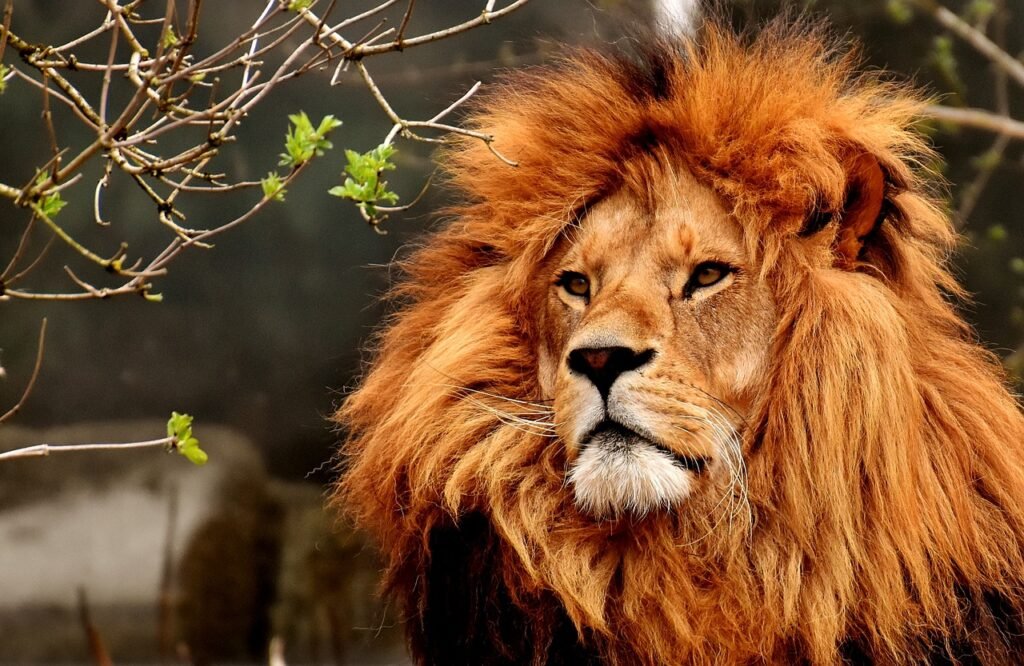
Habitat loss forces big cats to venture closer to human settlements in search of food and territory. This often results in negative interactions, including attacks on livestock and, occasionally, humans. In retaliation, big cats are hunted, poisoned, or caught in traps, further compromising their populations.
Climate Change as a Compounding Factor
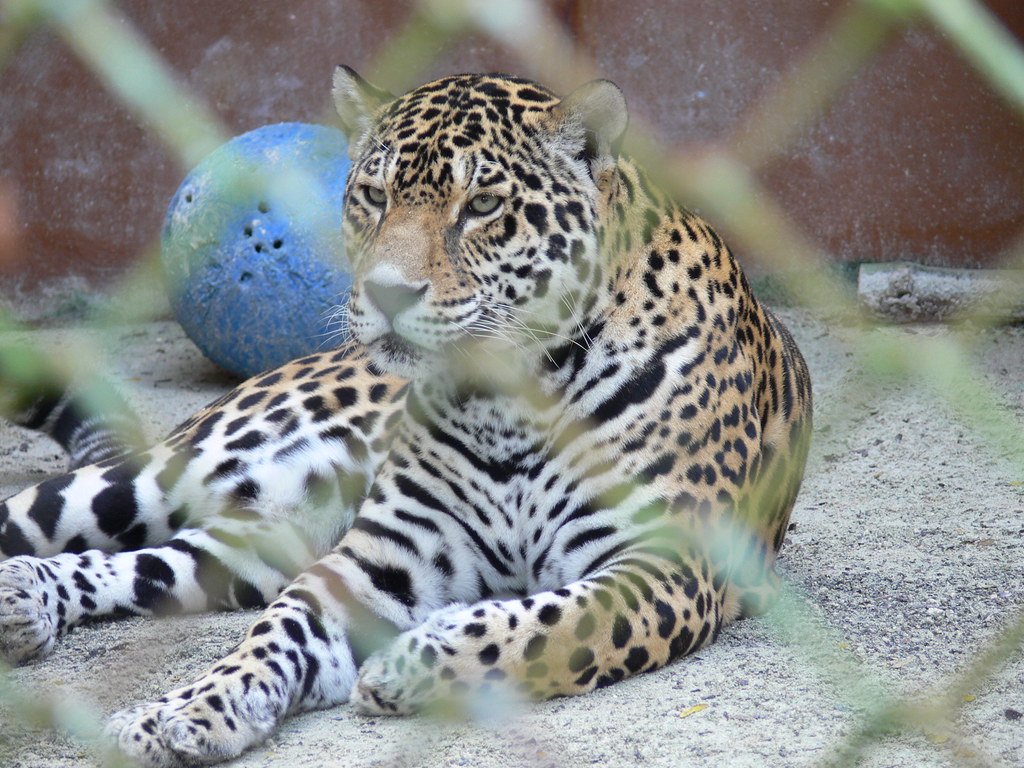
Climate change exacerbates habitat loss by altering landscapes and ecosystems. For instance, rising temperatures and unpredictable weather patterns can lead to droughts or floods, which further reduce available habitats and resources for big cats.
The Role of Protected Areas
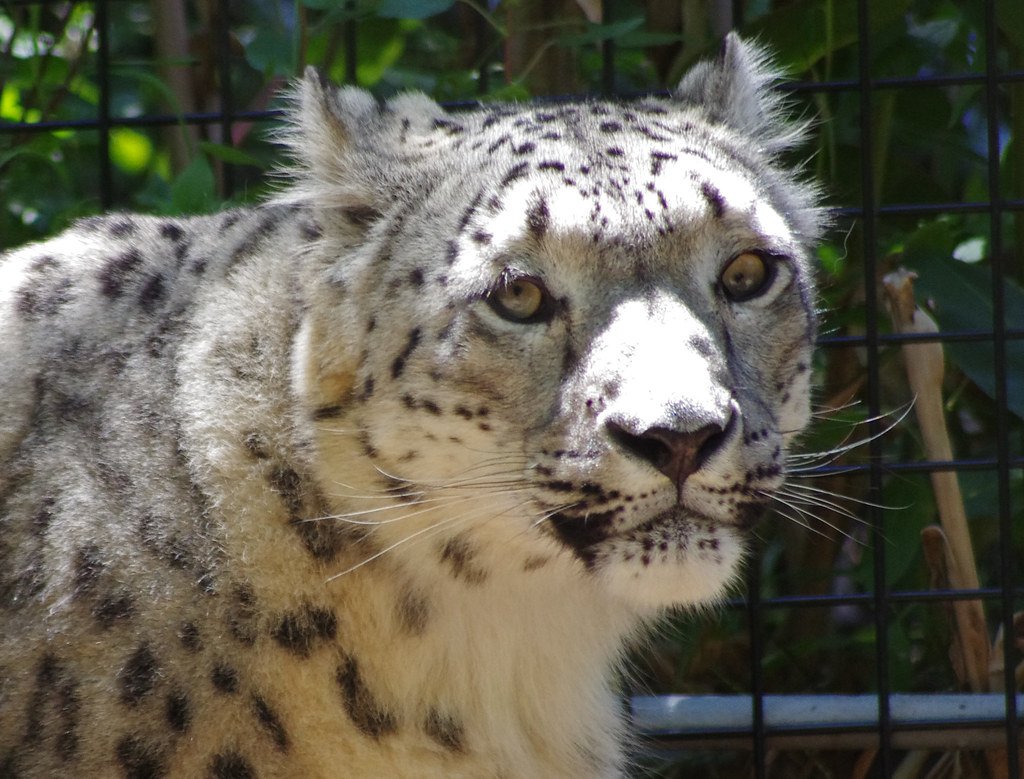
Protected areas like national parks and wildlife reserves play a crucial role in conserving big cat habitats. These sanctuaries offer a refuge from human encroachment and a space where big cats can hunt and breed freely. However, managing these areas effectively is critical to ensure the long-term survival of big cats.
Community Involvement in Conservation
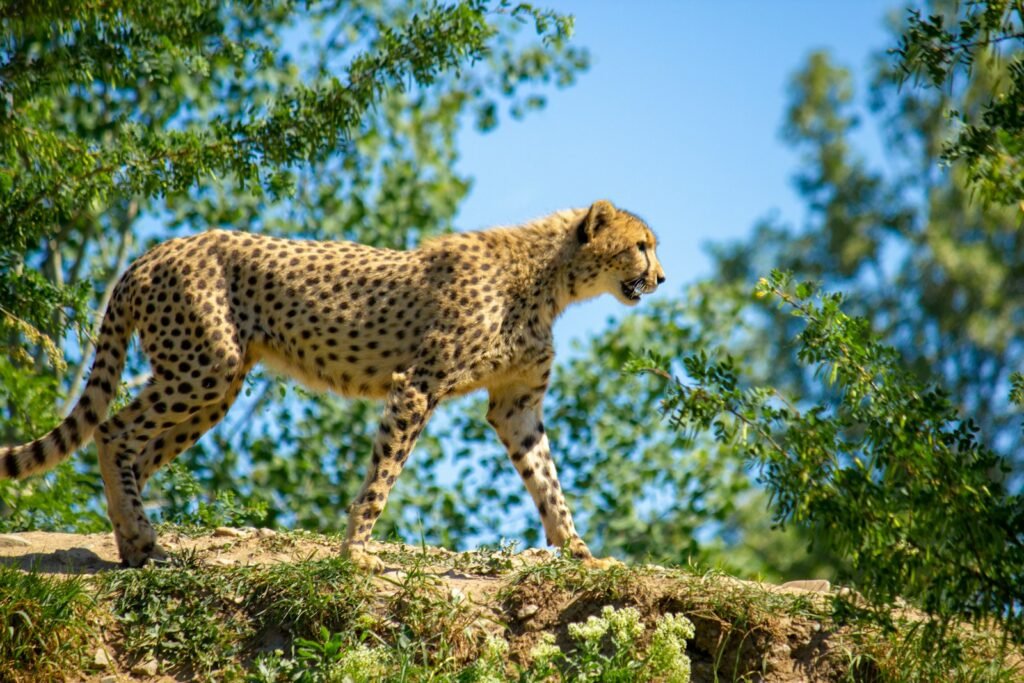
Local communities can significantly impact big cat conservation efforts. By involving communities in habitat restoration projects and providing education about the importance of big cats, conflicts can be minimized. Eco-tourism also offers economic incentives to preserve big cat habitats.
International Conservation Efforts

Global organizations are actively engaged in the fight to preserve big cat habitats. Collaborative efforts such as the CITES agreement work towards protecting endangered species, and international partnerships are formed to implement effective conservation strategies across nations.
Technological Innovations in Conservation
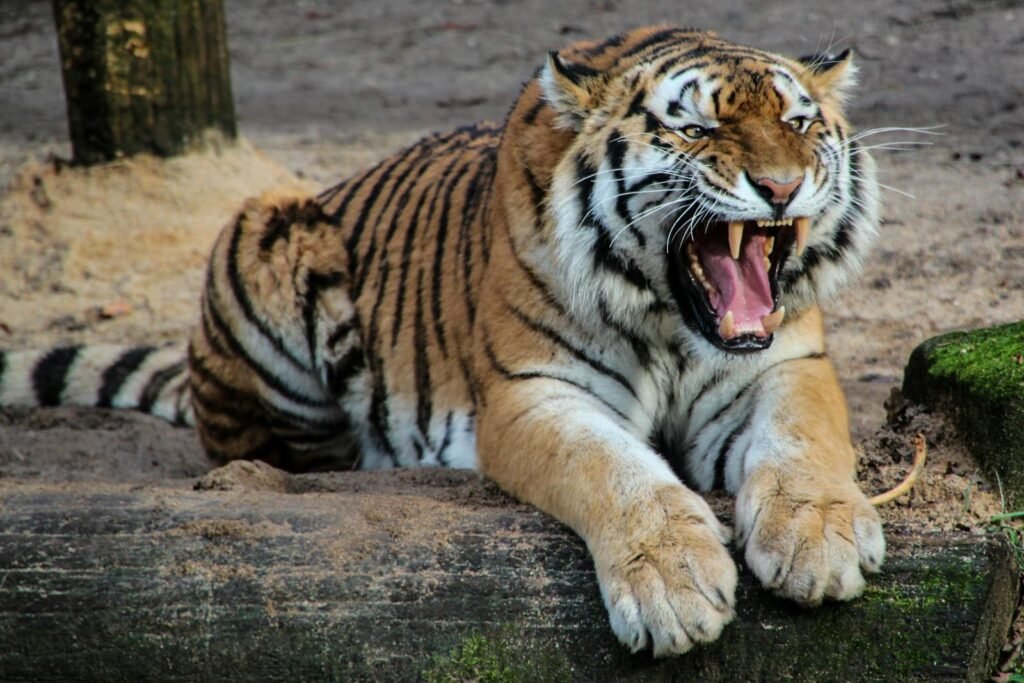
Technology plays an increasingly vital role in conservation, from satellite imagery monitoring habitat changes to using drones for anti-poaching surveillance. Innovations like these enable more effective and immediate responses to threats against big cat populations.
The Importance of Public Awareness

Creating widespread awareness about the plight of big cats is fundamental to conservation success. Campaigns and documentaries highlighting the dire situation can inspire individuals and corporations alike to contribute to habitat conservation initiatives.
Legal Protections for Big Cats
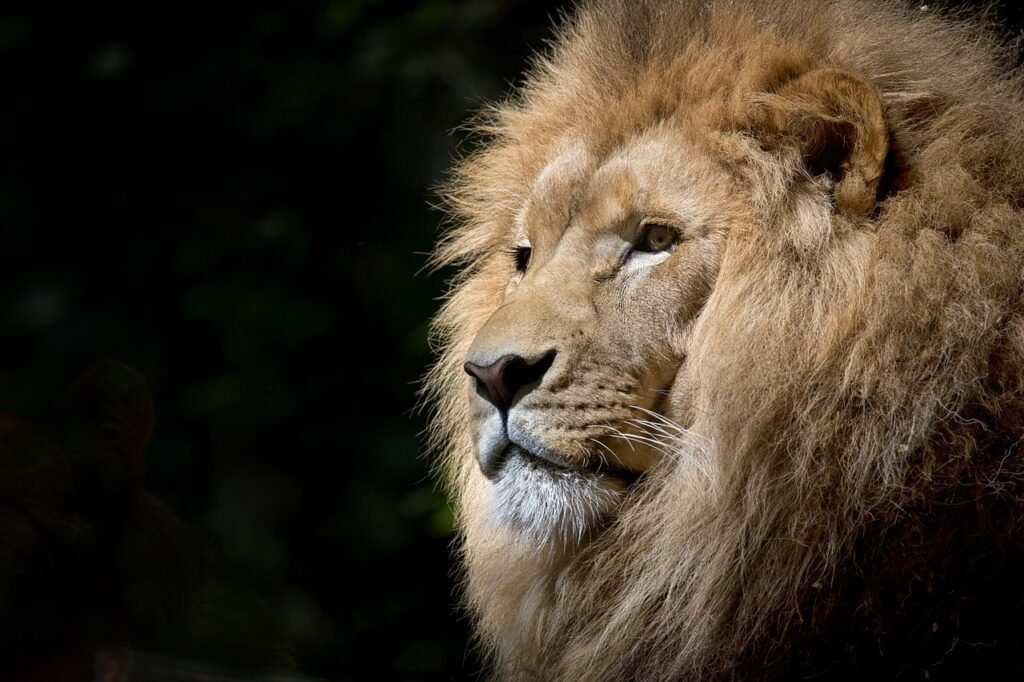
Strong legal frameworks are essential for the protection of big cats. Enforcing anti-poaching laws and regulating land use ensure that remaining habitats are preserved and managed sustainably, offering a safer environment for big cats to thrive.
Potential for Habitat Restoration
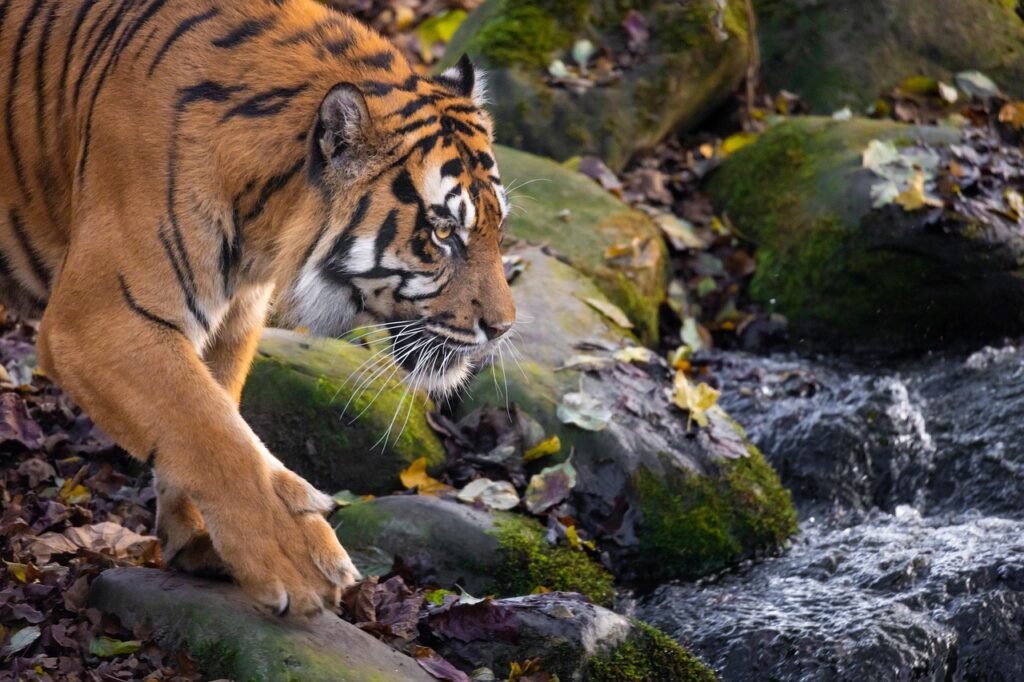
Efforts to restore degraded habitats can help reverse some of the damage done. Reforestation projects and rewilding initiatives aim to rebuild ecosystems that can support healthy big cat populations.
Collaborative Conservation Strategies
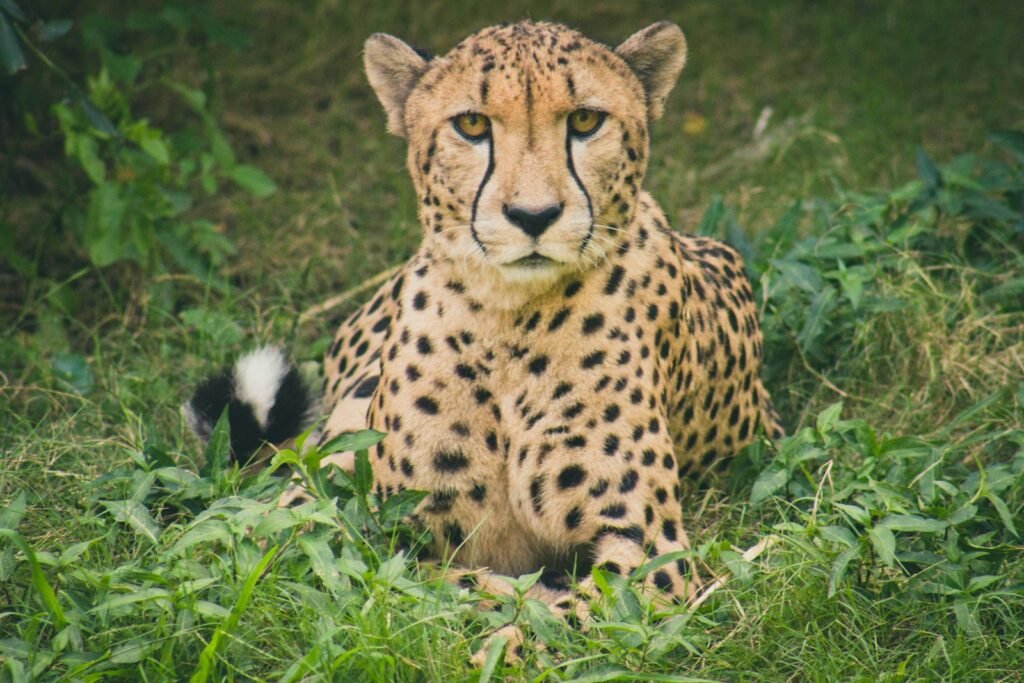
Conservation success is most likely when multiple stakeholders, including governments, NGOs, scientists, and locals, come together to create and implement strategies that address both immediate and long-term threats to big cat habitats.
The Cultural Significance of Big Cats
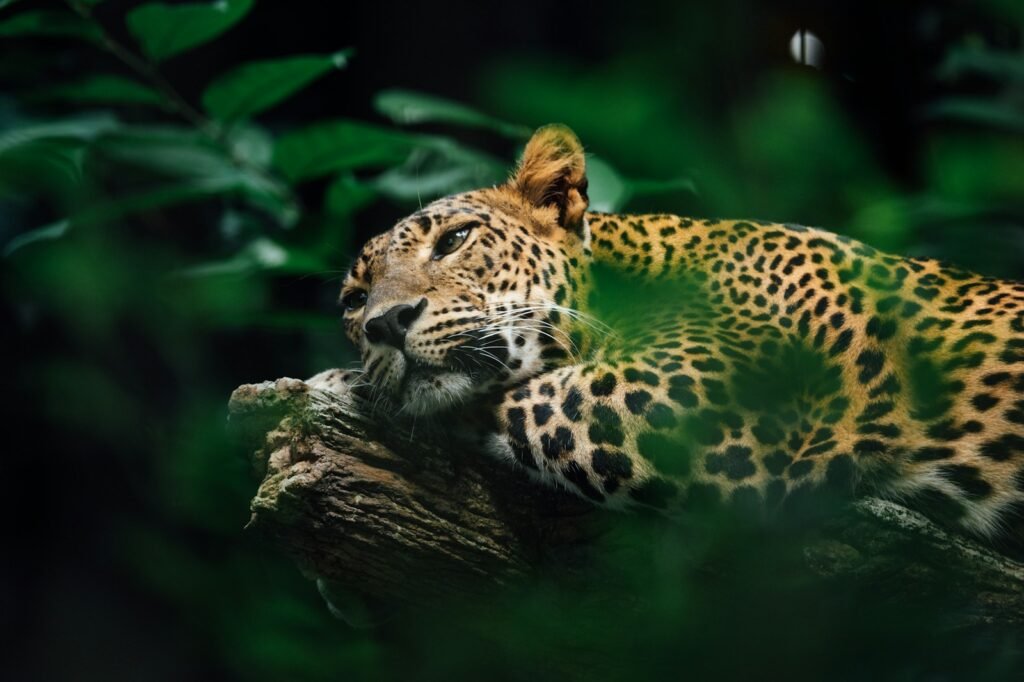
Big cats hold cultural importance in many societies, symbolizing strength and prestige. Leveraging this cultural value can enhance local support for conservation initiatives, helping maintain these iconic species for future generations.
The Urgent Need for Global Action
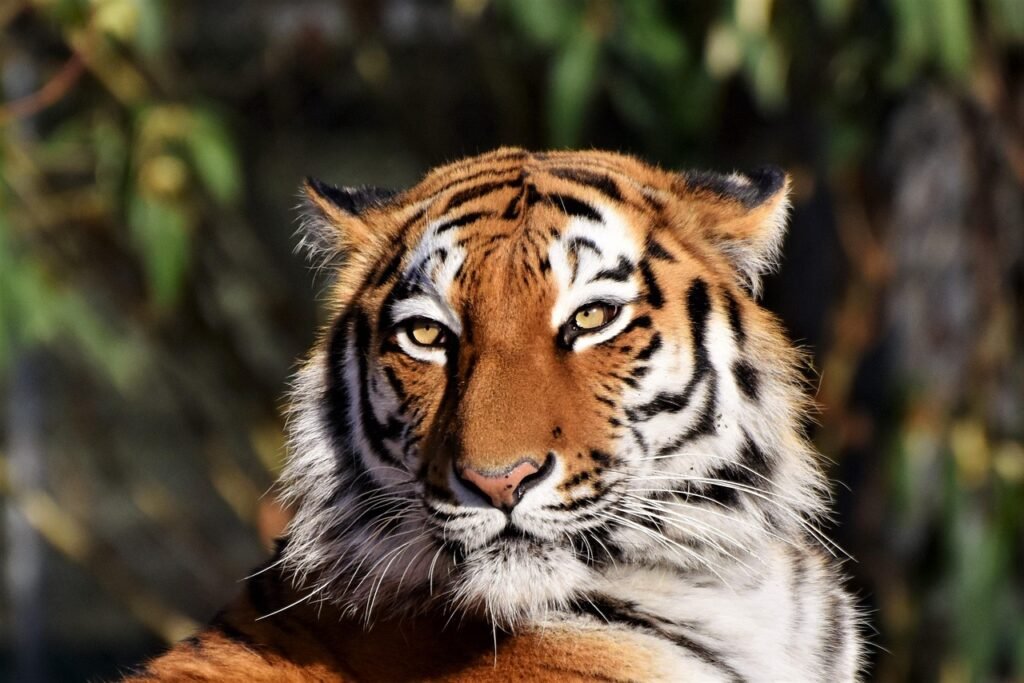
Given the rapid rate of habitat loss and its profound impact on big cat populations, immediate global action is imperative. Strengthening international commitments and increasing funding for conservation efforts are crucial steps toward ensuring a future where big cats continue to roam wild in their natural habitats.
In conclusion, the effects of habitat loss on big cat populations are profound and far-reaching. Ensuring their survival requires a concerted global effort to mitigate habitat destruction, minimize human-wildlife conflict, and engage in comprehensive conservation strategies. By valuing these majestic animals and the ecosystems they inhabit, we preserve not only their futures but the health and diversity of our natural world.
Hi, I’m Bola, a passionate writer and creative strategist with a knack for crafting compelling content that educates, inspires, and connects. Over the years, I’ve honed my skills across various writing fields, including content creation, copywriting, online course development, and video scriptwriting.
When I’m not at my desk, you’ll find me exploring new ideas, reading books, or brainstorming creative ways to solve challenges. I believe that words have the power to transform, and I’m here to help you leverage that power for success.
Thanks for stopping by, Keep coming to this website to checkout new articles form me. You’d always love it!






